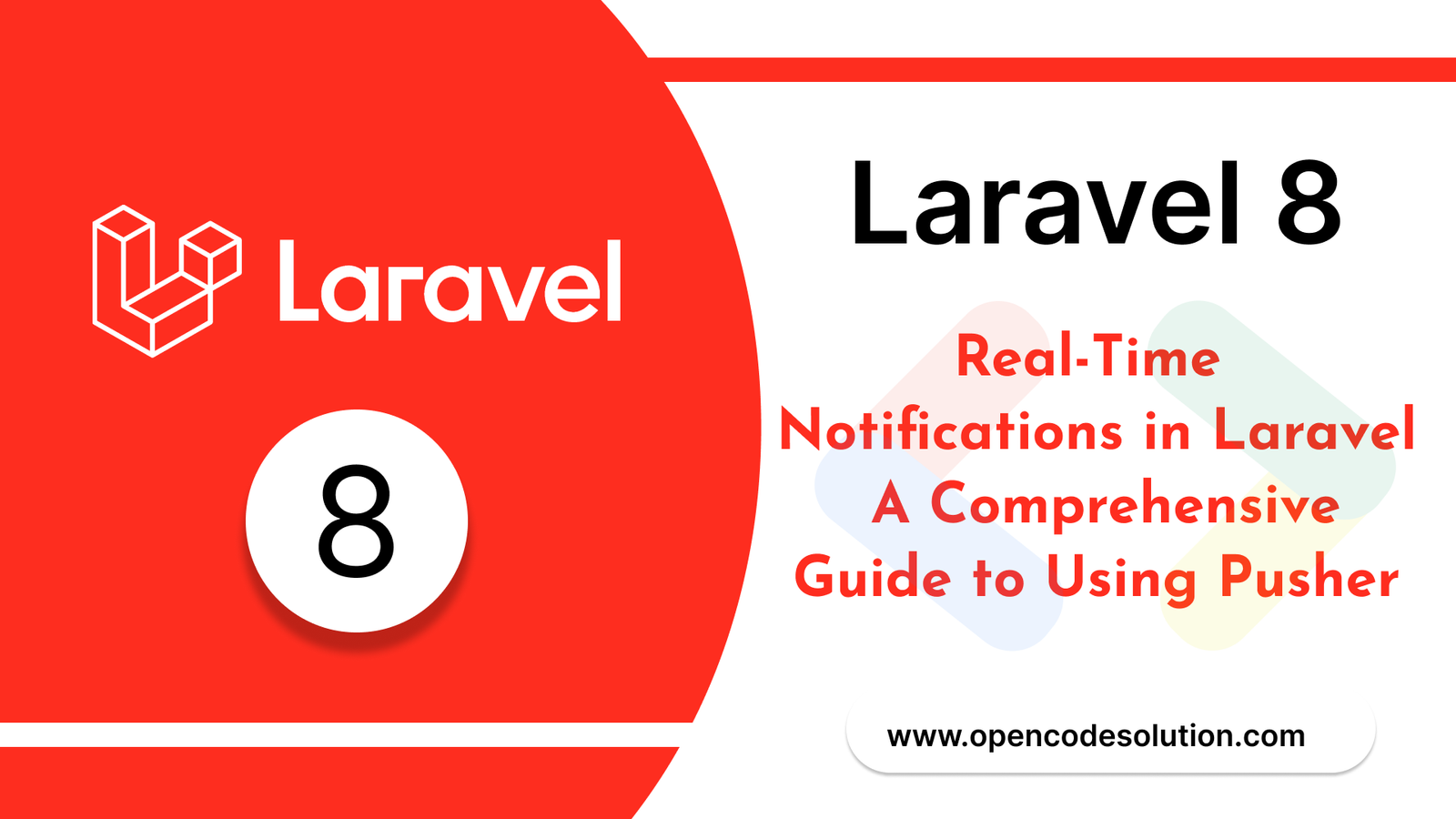Building a Multi-Tenant Application with Laravel 8 with code and example
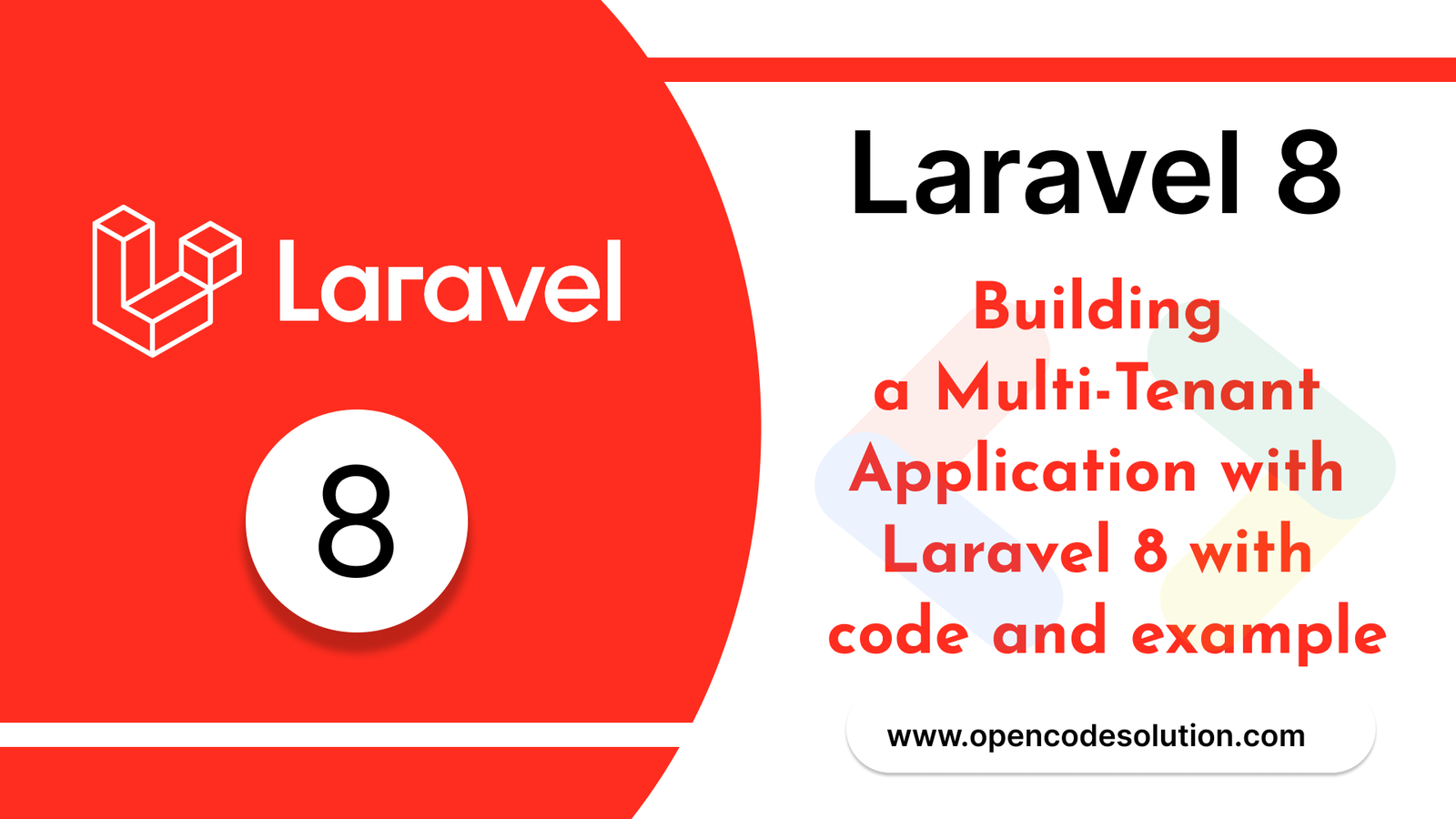
A multi-tenant application is a software application that serves multiple customers, known as tenants, on a single instance of the application. This is achieved by isolating the data and resources of each tenant, while still sharing the same codebase and infrastructure. Laravel is a powerful PHP framework that provides the tools and features needed to build multi-tenant applications. In this article, we will explore how to build a multi-tenant application with Laravel.
Step 1: Database Structure
The first step in building a multi-tenant application is to define the database structure. In a multi-tenant application, each tenant has their own separate database, which is used to store their data. To achieve this, we need to create a separate database for each tenant. One way to do this is to use a naming convention for the database, such as prefixing the database name with the tenant ID or name.
// create a new database for a tenant
DB::statement('CREATE DATABASE ' . $tenantDatabaseName);Step 2: Tenant Identification
The next step is to identify the tenant for each request. This can be done using a variety of methods, such as using a subdomain, a unique URL, or a header in the request. In this article, we will use a subdomain to identify the tenant.
// identify the tenant using the subdomain
$tenant = Tenant::where('subdomain', '=', Request::getHost())->firstOrFail();
Step 3: Tenant Middleware
Once we have identified the tenant, we need to ensure that all subsequent requests are handled by the correct database. We can achieve this by using middleware in Laravel. Middleware is a way to add functionality to the HTTP request lifecycle. In our case, we will create a middleware that switches the database connection to the tenant's database.
// switch the database connection to the tenant's database
Config::set('database.connections.mysql.database', $tenant->database_name);
DB::reconnect('mysql');Step 4: Tenant Data Isolation
Now that we have separated the tenants into different databases and identified the tenant for each request, we need to ensure that each tenant's data is properly isolated. We can achieve this by using Laravel's Eloquent ORM and applying constraints to all database queries.
// apply tenant constraints to all database queries
User::where('tenant_id', '=', $tenant->id)->get();
Step 5: Tenant Management
Finally, we need to provide a way to manage the tenants in the application. This includes creating and deleting tenants, assigning users to tenants, and managing tenant-specific data. We can achieve this by building a tenant management interface that allows authorized users to manage the tenants in the application.
// example of creating a new tenant
$tenant = new Tenant();
$tenant->name = 'Acme Inc.';
$tenant->subdomain = 'acme';
$tenant->database_name = 'acme_db';
$tenant->save();
Conclusion
In conclusion, building a multi-tenant application with Laravel requires careful planning and implementation. By following the steps outlined in this article, you can create a robust and scalable multi-tenant application that provides a unique and personalized experience for each tenant. With Laravel's powerful tools and features, building a multi-tenant application has never been easier.
Categories : Laravel
Tags : Laravel multi-tenant application database structure tenant identification data isolation tenant management

Abhay Dudhatra
0 Comments
Related Articles
Access Prev Next Post Navigation from Laravel Blad...
 By Praful Sangani -
July 21,2022
By Praful Sangani -
July 21,2022
Laravel 8 Custom User Login and Registration Examp...
 By Praful Sangani -
July 19,2022
By Praful Sangani -
July 19,2022
How to Generate QR Code in Laravel 9 Example
 By Praful Sangani -
July 21,2022
By Praful Sangani -
July 21,2022
Categories
Laravel
48React
17CSS
4jQuery
3PHP
19JavaScript
53HTML
4Python
30Node.js
2Git
8Bootstrap
15MySQL
7WordPress
27Popular Articles

WordPress Add Posts #16
August 04,2022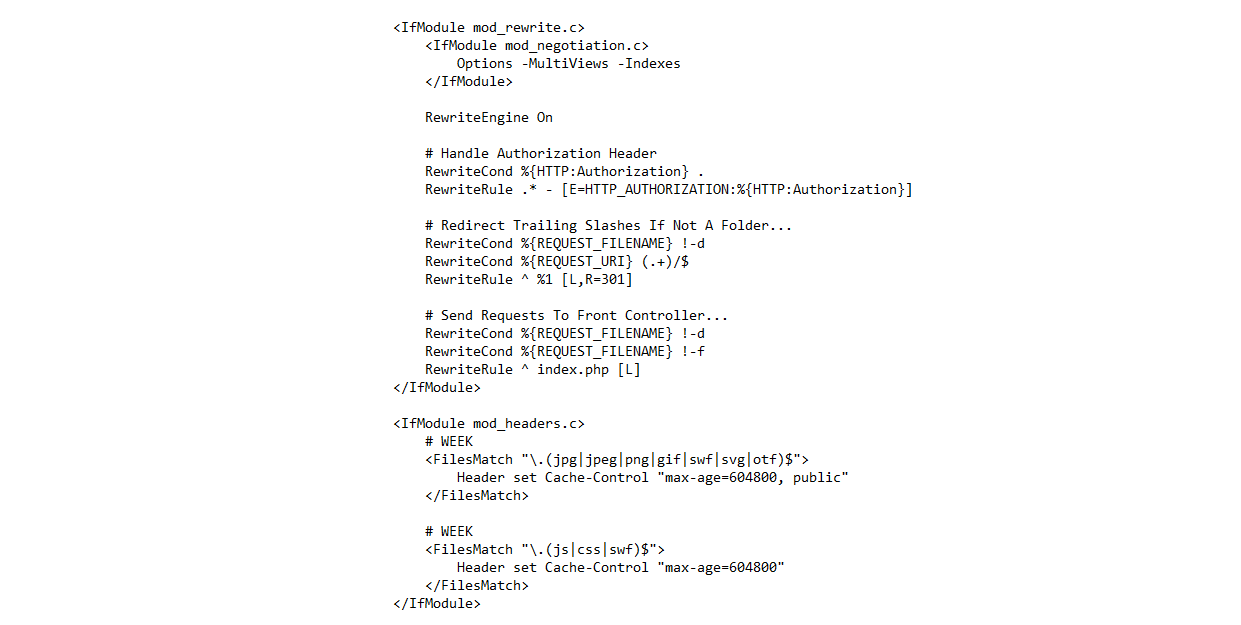
GZIP and Browser Cache a website wi...
July 21,2022
Destructuring and Spreading
August 13,2022
Import Export CSV And Excel File in...
July 22,2022
Laravel 8 Custom User Login and Reg...
July 19,2022Featured Articles

Laravel 9 Custom Login and Registra...
May 11,2023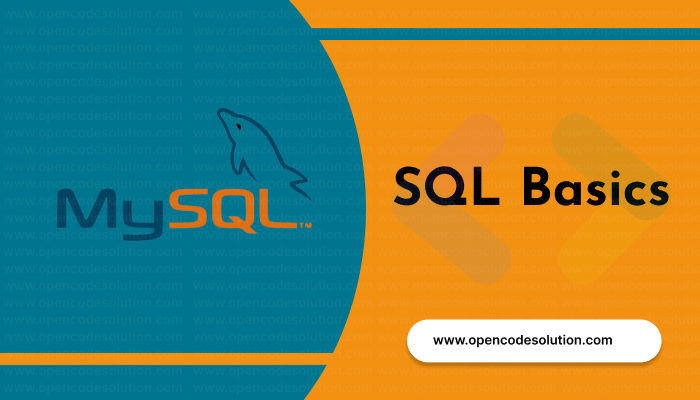
SQL Basics: A Beginner's Guide to S...
May 05,2023
Generating PDF Files in Laravel Usi...
April 26,2023
Laravel Image Intervention: A Guide...
April 26,2023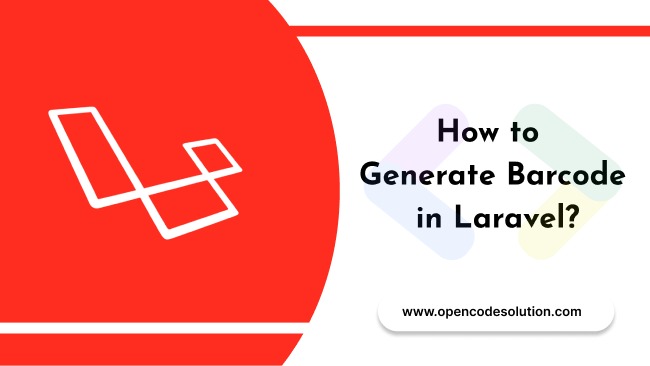
How to Generate BarCode in Laravel?
April 26,2023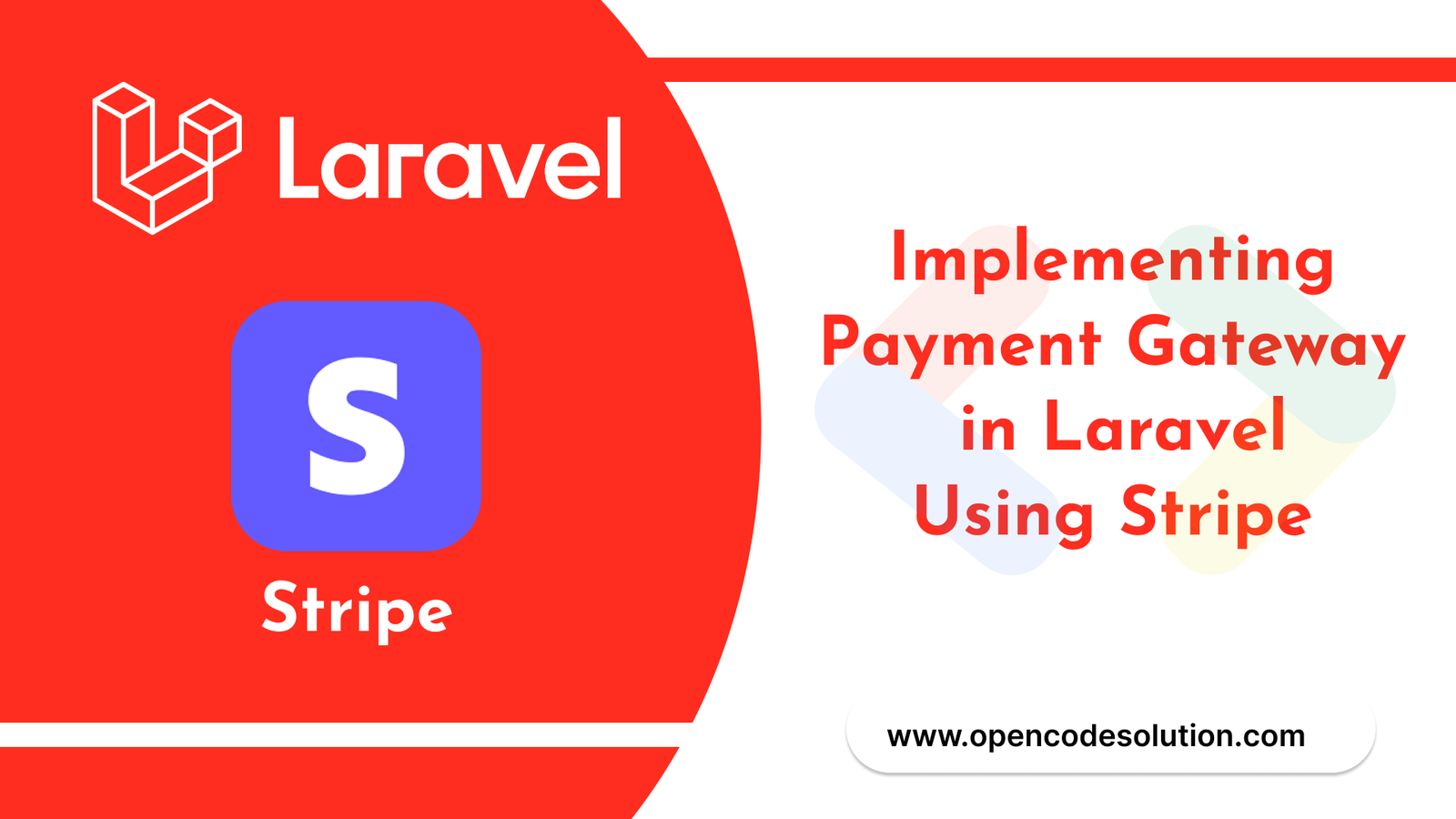
Implementing Payment Gateway in Lar...
March 26,2023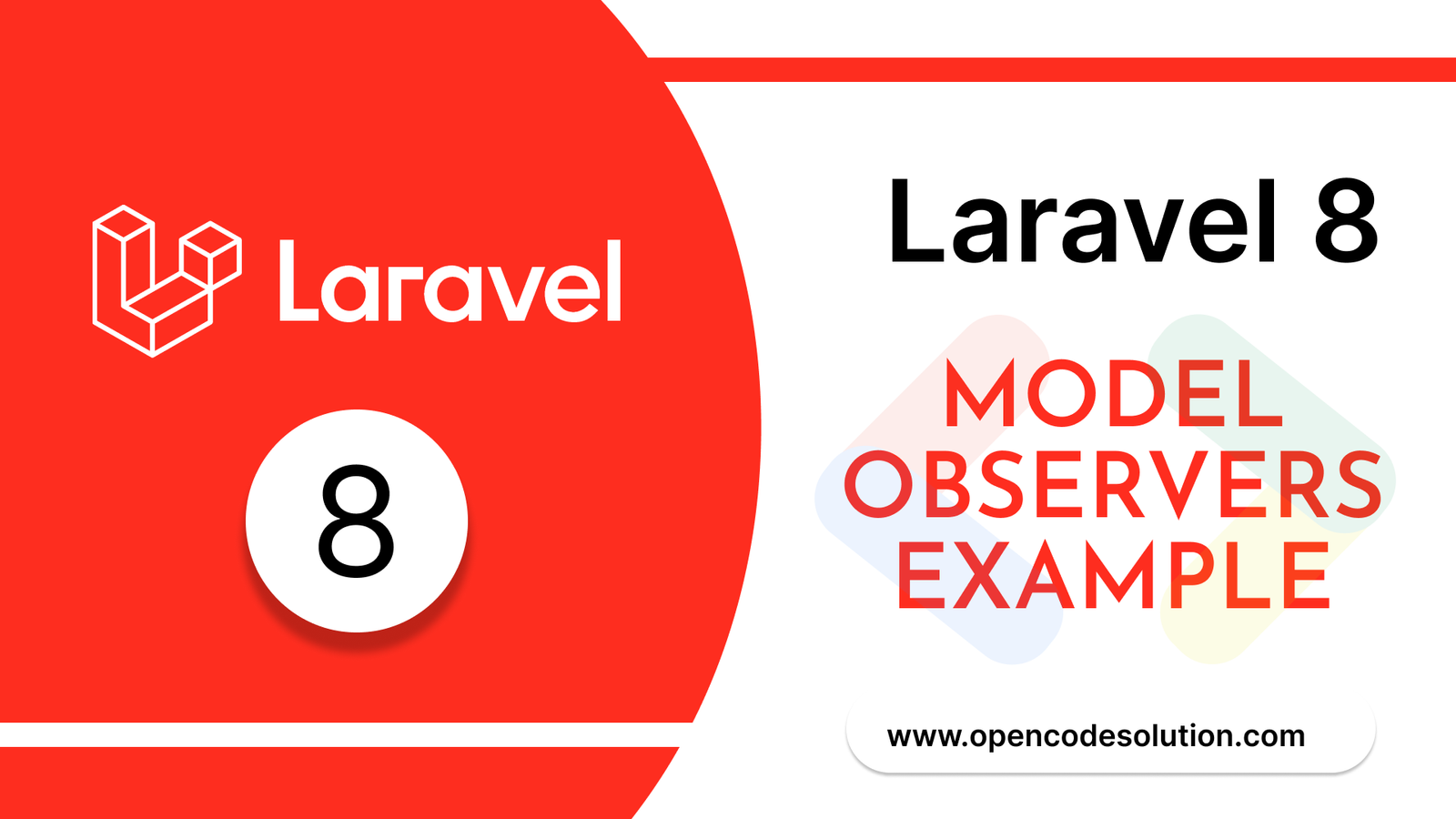
Laravel 8 Model Observers Example T...
March 10,2023
How to use Forelse loop in Laravel...
August 08,2022
What Is Wordpress #1
August 04,2022
Bootstrap Alerts
August 03,2022
Essential JS for PHP
August 03,2022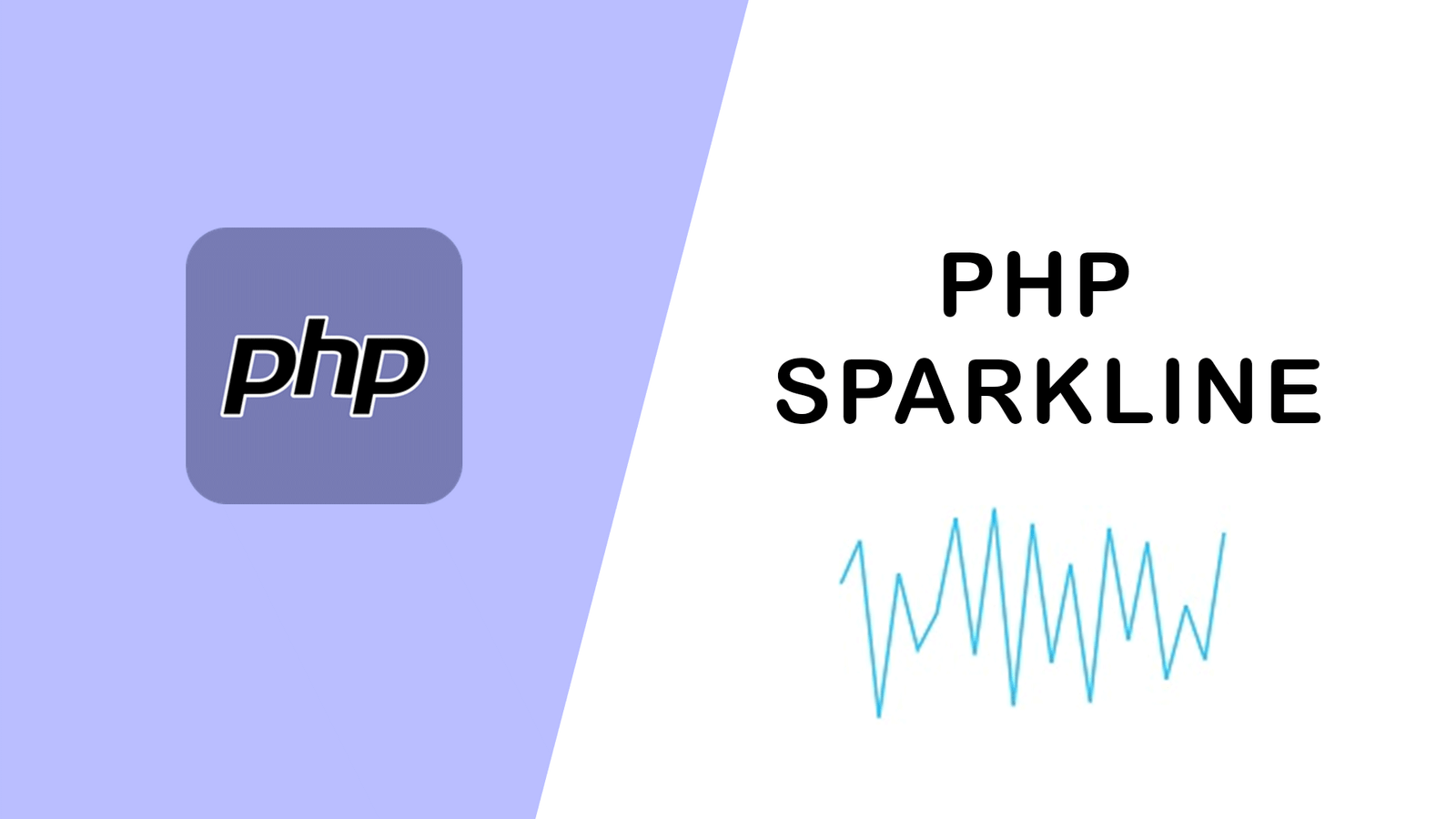
PHP Sparkline
August 03,2022
Groups in React Textbox
August 03,2022
JavaScript exercise-examples for Be...
August 03,2022
Create Social Login In Laravel With...
August 01,2022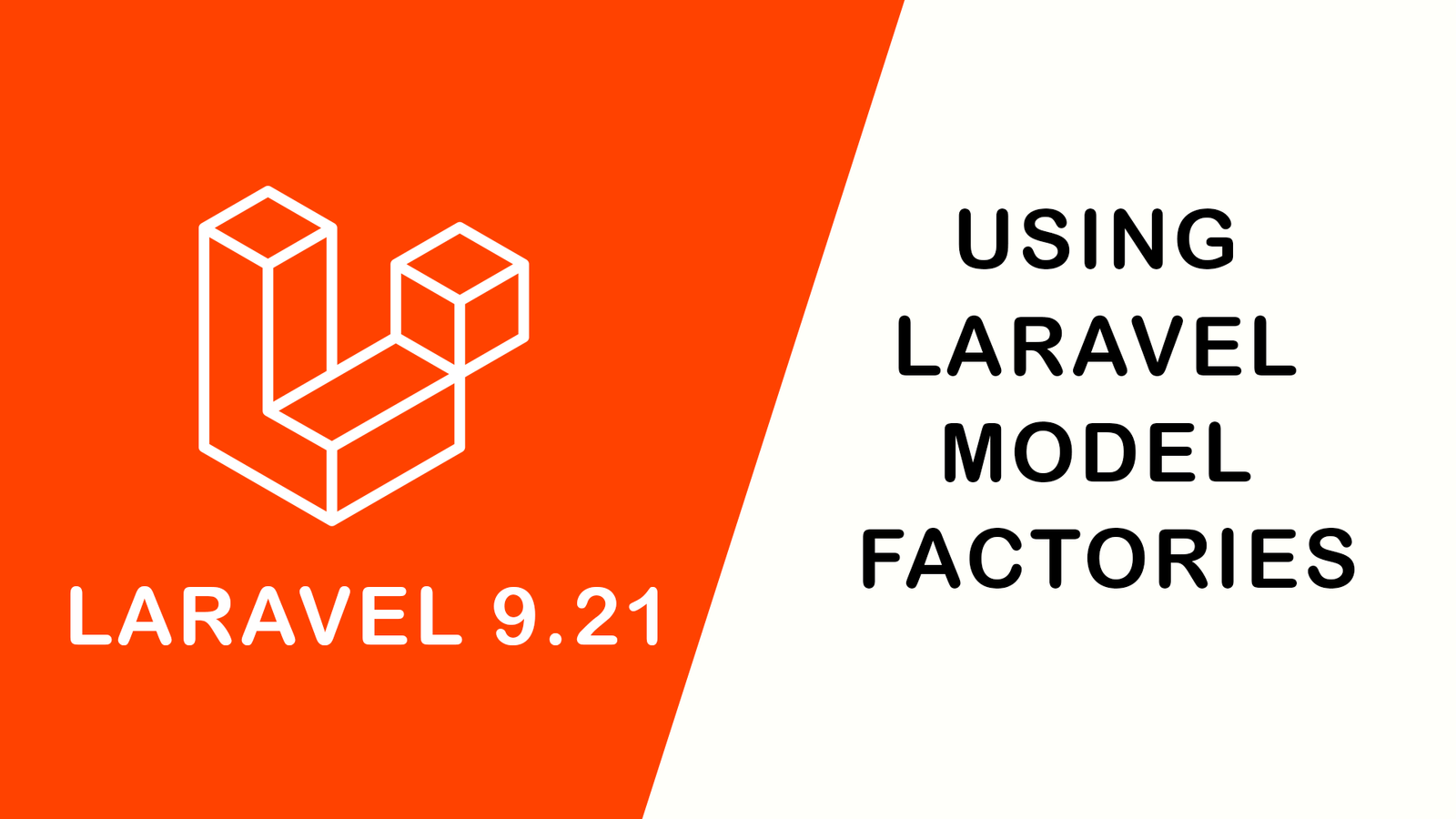
Using Laravel Model Factories
July 30,2022
How to Include Bootstrap 5 in our w...
July 28,2022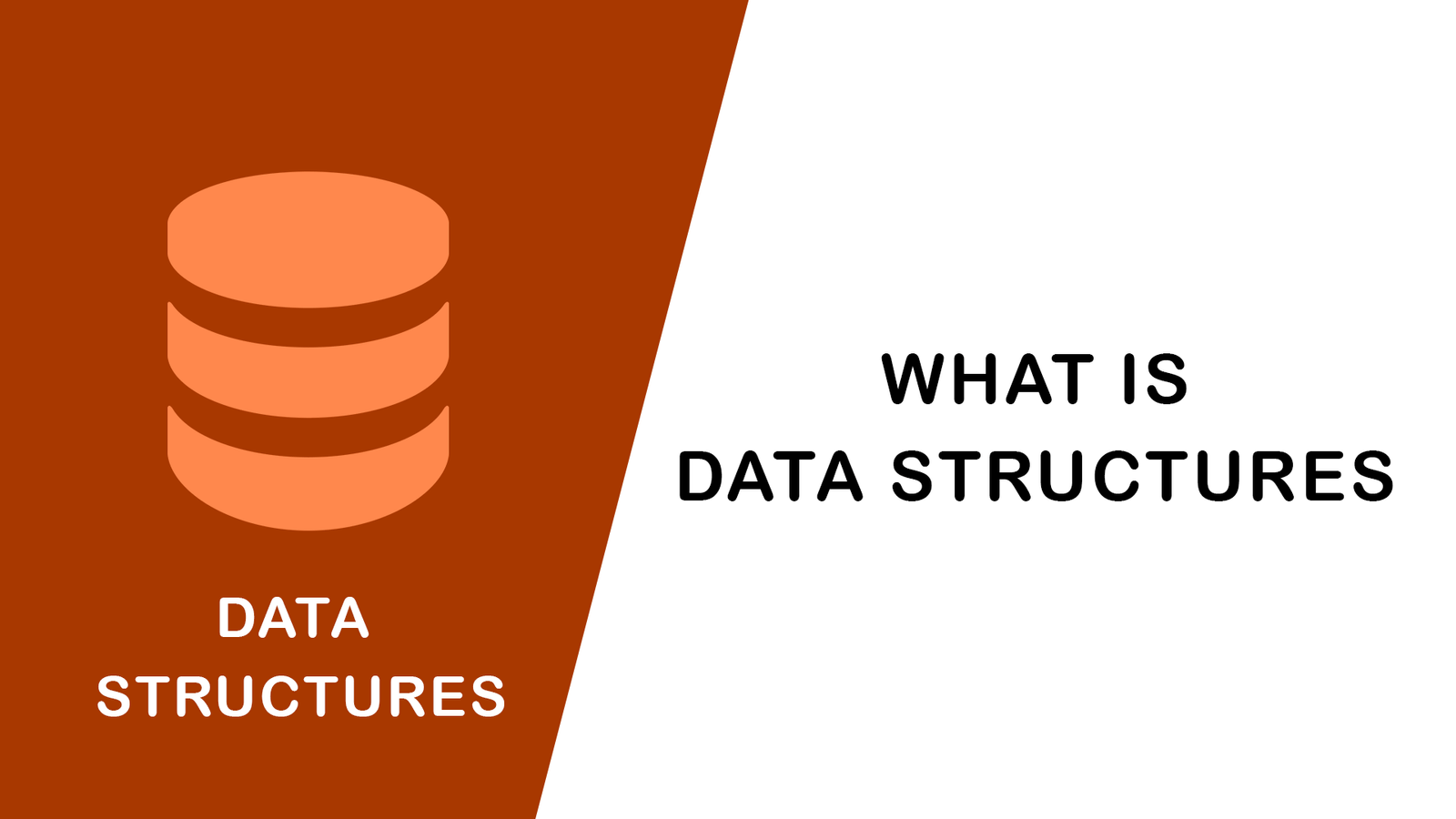
What Is Data Structures ?
July 28,2022
How to Validate Your Laravel App's...
July 27,2022
TOP 10 PROGRAMMING LANGUAGES USED B...
July 27,2022
Create Select Options from Enums, L...
July 27,2022
Fast Paginate for Laravel 9
July 27,2022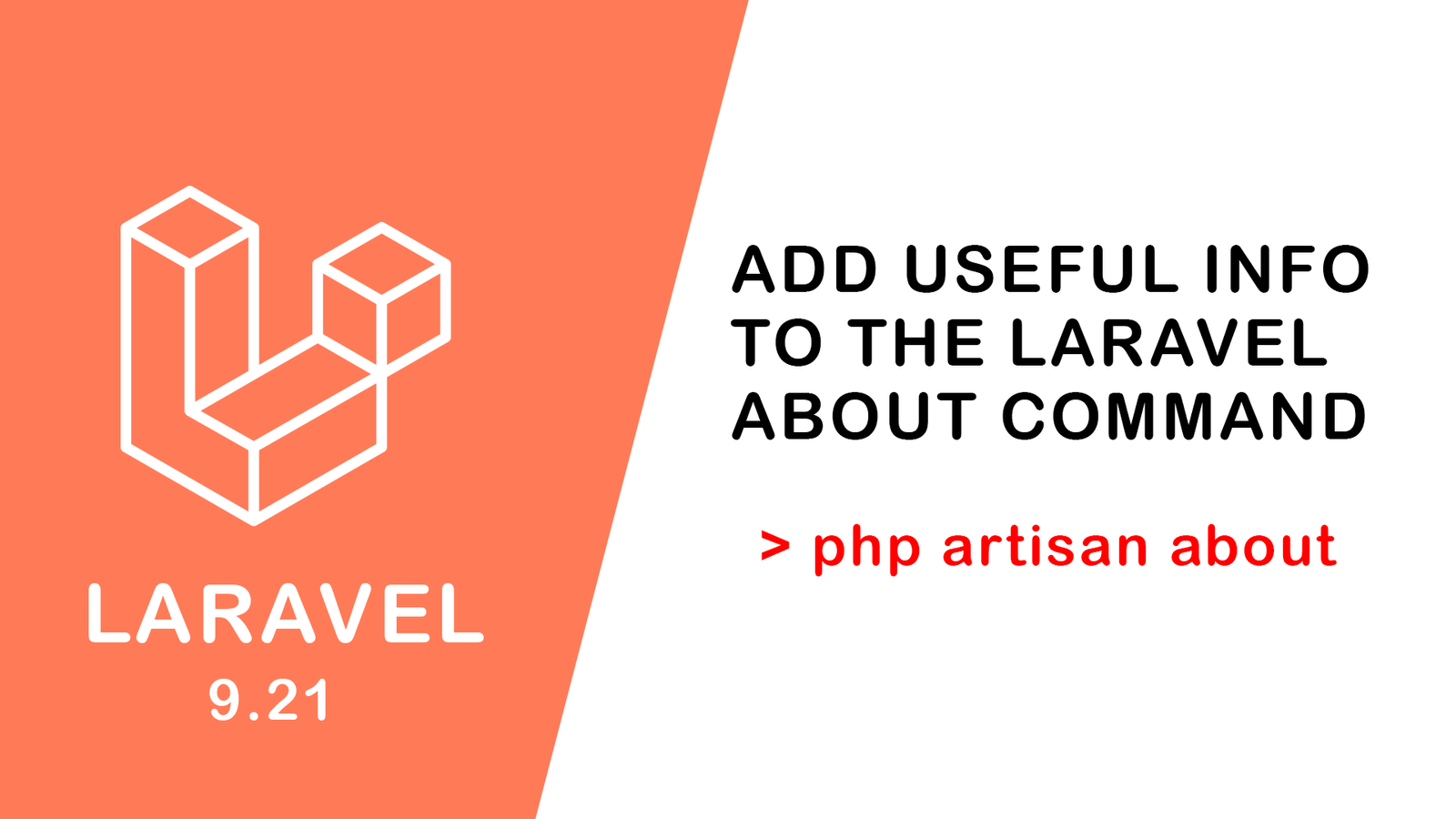
Add Useful Info to the Laravel Abou...
July 27,2022
Learn Most Common Git Commands
July 26,2022
React Hooks: Array Destructuring Fu...
July 25,2022
Laravel 8 CRUD operation
July 23,2022
How to Generate QR Code in Laravel...
July 21,2022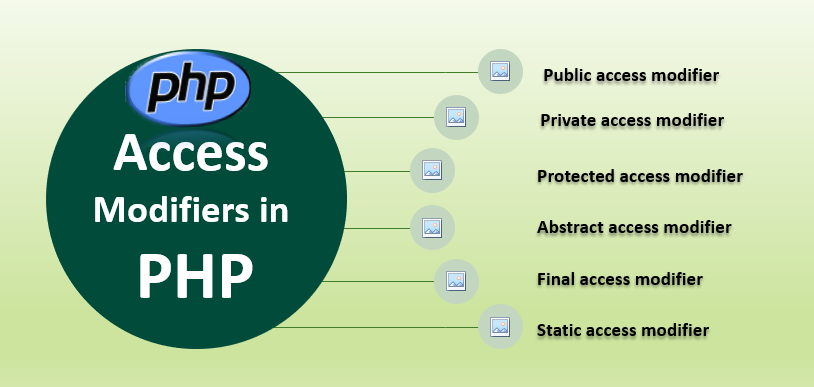
Access specifier in php
July 20,2022

